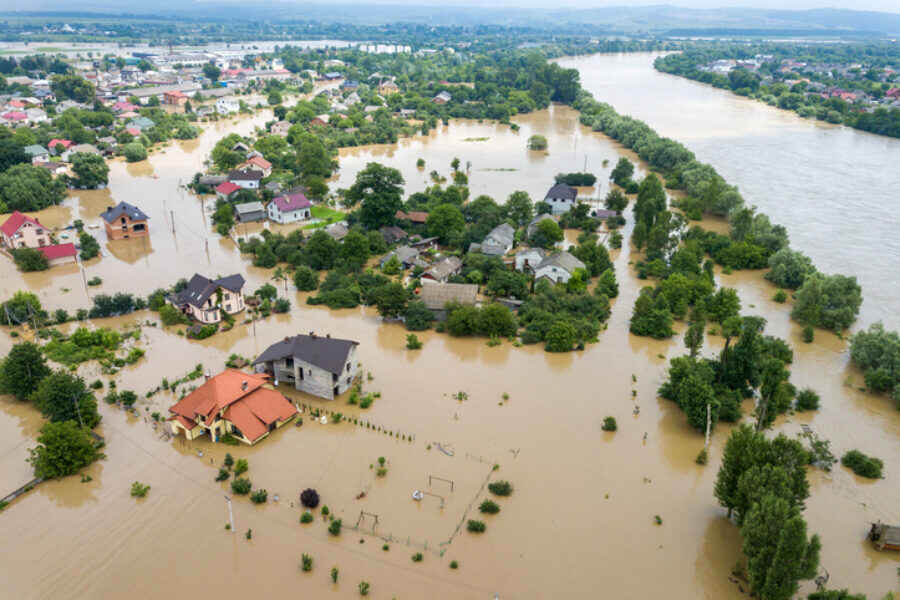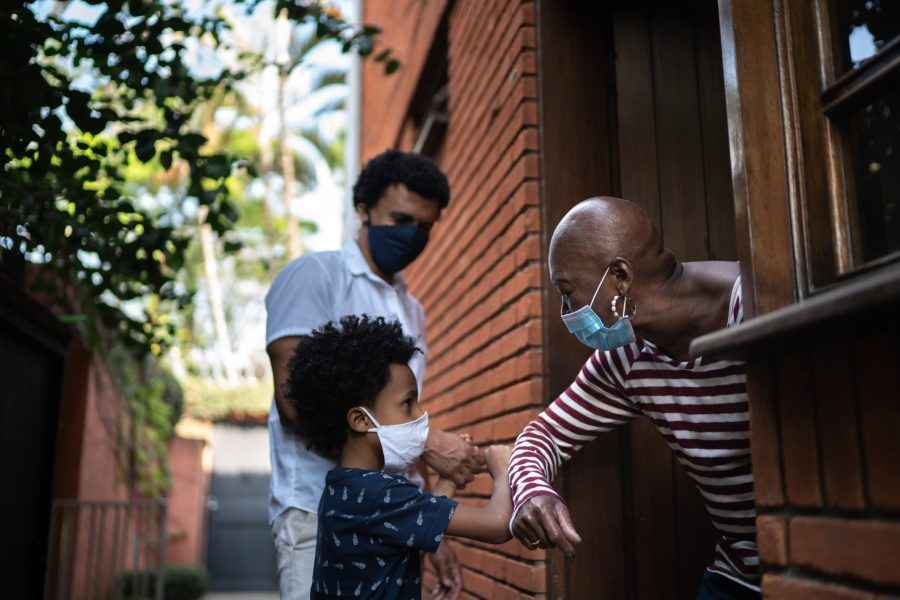
Overview of State and Local Equity Offices
ReportMechanisms for Advancing Health Equityby Overview Since late 2020, many state and local governments have established offices of equity or equivalent entities to prioritize equity in government…
In her role as Deputy Director, Climate and Health, Betsy Lawton works on a variety of public health law issues, bringing a community lawyering perspective to her work on climate change, health equity, broadband access, and rural public health. Before joining the Network, Betsy spent over a decade working to improve water quality and represented a broad range of individuals and communities facing water pollution problems. Betsy received her J.D., and a Certificate of Environmental Law, from the University of Wisconsin Law School in 2004 and her Bachelor of Business Administration from the University of Notre Dame.

by Overview Since late 2020, many state and local governments have established offices of equity or equivalent entities to prioritize equity in government…

In honor of Black History Month, Network attorneys and staff have highlighted six policies that have the power to reduce health disparities and improve outcomes for Black people and communities of color throughout the United States. This policy brief serves as a practical tool to help public health professionals, leaders, and partners share strategies that can advance, rather than threaten, Black health and wellbeing over the long-term.

The Lancet Countdown’s annual report, “Tracking Progress On Health and Climate Change,” highlights the immediate need for a health-centered response to climate change. Recognizing the need to build a shared understanding of how public health law can and should help mitigate climate change, presenters and attendees at the Network’s first-ever Climate and Health Equity Summit, held in Minneapolis in October, highlighted numerous legal and policy strategies to mitigate climate change and lessen its impacts on human health.

October is National Breast Cancer Awareness Month, a time to remind people of the prevalence of breast cancer, which will impact one in eight U.S. women—a growing number of which are women of color and women under 50 years of age. These realties call for policies that prevent exposure to chemicals linked to increased risk, while simultaneously continuing to support low-cost and convenient early detection methods and life-saving treatment that can address the current racial disparities in relative survival rates and identify breast cancer at earlier, more treatable stages.

Climate change is a public health threat that has already begun to erode the availability of safe and accessible housing, a critical social determinant of health. Climate-caused extreme weather events, like increased flooding are not experienced equally across all populations; rather, the primary harms are being disproportionately experienced by frontline communities of color and those living in low-income neighborhoods. Health equity requires identifying law and policy solutions that prioritize the needs of communities most vulnerable to climate harms and understanding the role that climate change plays in undermining housing security. Attend this webinar to learn about these topics, which will include a climate-focused lens as well as identifying law and policy approaches to housing affordability and availability.

This report uses a revised Social Determinants of Health (SDOH) framework put forward by Ruqaiijah Yearby to examine the role of law as a tool to address structural discrimination, with a focus on health impacts across the lifespan. This framework illustrates how law and the systems it interacts with can shape health and well-being and identifies structural discrimination as the root cause of disparities in health outcomes.

Early on in the pandemic, as the inequitable COVID-19 health outcomes experienced by Black, Hispanic, Latino and Latina, and Indigenous communities were becoming more pronounced, many state and local governments created task forces to address the disproportionate burden of COVID-19 on communities of color and other marginalized populations. The Network analyzed the composition and role of these task forces, the legal mechanisms establishing them, common categories of task force recommendations and top policy recommendations, and opportunities for task forces to translate recommendations into actions that advance health equity.

This guidance provides responses to questions related to whether healthcare providers may prescribe off-label uses of COVID-19 vaccines that have received Emergency Use Authorization but have not yet received a biologics license or other approval from FDA.

by Overview 1:00 – 2:00 p.m. EST | November 16, 2021The Network will be launching applications for our Climate Change, Health Equity, and…

Nearly half of the United States is experiencing abnormally dry conditions this year. The public health implications of drought cannot be underestimated: drought can lead to a lack of clean drinking water, food insecurity, poor air quality, water-borne diseases, mental health concerns, wildfire, and poor sanitation. Solutions that prevent non-essential uses of water, increase natural storage of water in the soil and aquifers, or maintain water and lake levels, may help limit the public health impacts of future droughts by increasing the overall supply of useable water.

by Overview 1:00 – 2:00 p.m. ET | July 29, 2021While the full impact of the COVID-19 pandemic on public health policy remains…

In this Q&A, Betsy Lawton, senior staff attorney at the Network’s Northern Region Office, discusses some of the key elements in the chapter she authored, “COVID-19 Illustrates Need to Close the Digital Divide.”